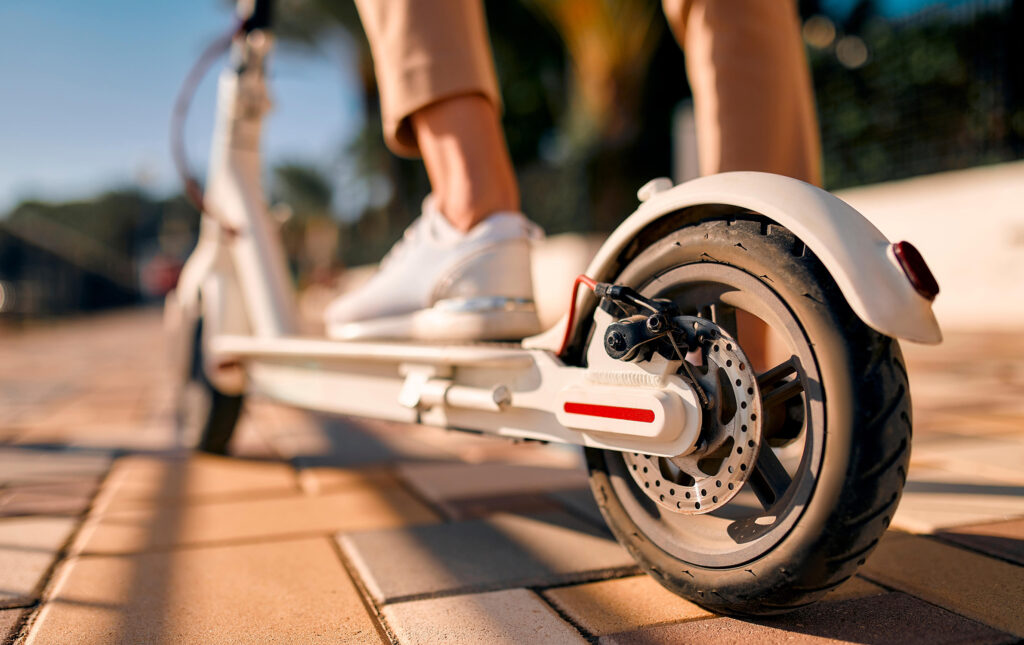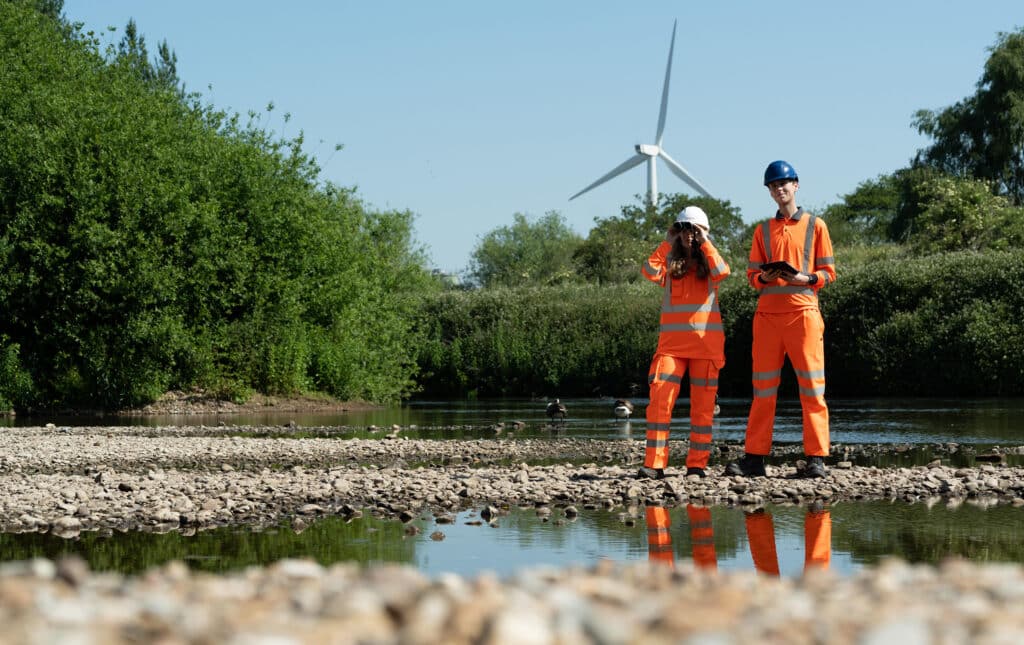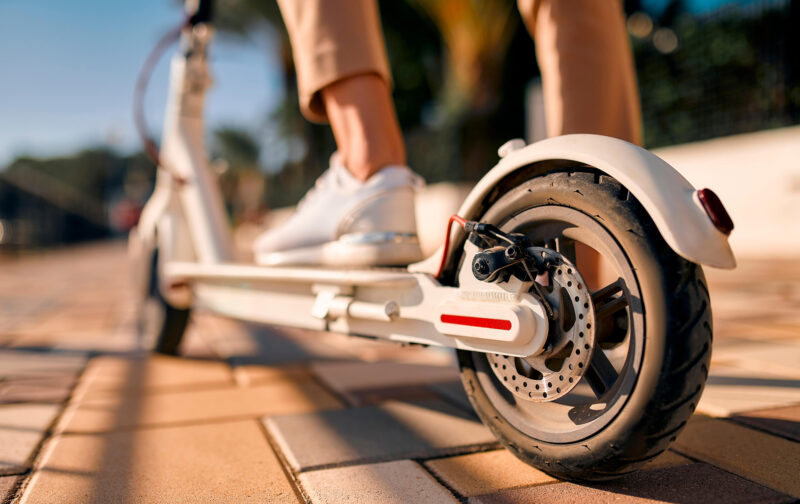I’ve recently returned from Italy and while the very small cars in Rome were familiar from previous pre-covid visits to Italian cities, it was interesting to observe the passage of time through the increase in the number of e-scooters zipping around the city and left undocked for hire on pavements.
Our work at SYSTRA helps to understand the delivery and impact of e-scooters as part of wider multi-modal transport systems, to inform government decision-making. As an advocate of active travel – with a walking distance a lot longer than the typical – I find the use of e-scooters both personally and professionally thought-provoking.
A range of studies (for example the National evaluation of e-scooter trials report / Transport and transport technology: public attitudes tracker / National Travel Survey: 2022) have shown that the most frequent e-scooter users are males between 18 and 35, commonly in full-time employment and white. Females tend to use e-scooters less frequently and less confidently. As an older female (and a clumsy one at that), I can relate – I can’t see myself going much faster on a 2-wheeled e-scooter than simply swapping shoes for a pair of trainers, and I confess that without knowing much about them I’d already marked them down as ‘not-for-me.’ It was therefore interesting to hear about trials of 3-wheeled scooters in Germany and the US showing greater usage amongst women and older individuals.
Thinking about their environmental impact, users report a range of reasons for using e-scooters, which do include sustainability, but also flexibility, convenience, affordability, reliability, time savings, enjoyment, health reasons, low physical effort, and having a lack of alternative options. There is a range of evidence for e-scooters substituting or replacing different modes, including replacing motor vehicle journeys, and complementing access to public transport services. However, there are also sources of evidence that suggest e-scooters are replacing sustainable modes such as walking and public transport.

Most of the e-scooter studies looking at travel related carbon emissions have seen a reduction, although estimates vary greatly depending on the assumptions used. E-scooters appear to be an eco-friendlier transportation choice than cars in urban areas where short-distance travel is frequent and the scooters are charged using renewable energy sources. A lot more research is needed to understand the contribution and environmental impact of e-scooters, considering battery technology and vehicle lifespan as well as trip substitution.
In short, we need a more structured and consistent approach to assessing the environmental impact of e-scooters before it’s possible to assess their environmental impact.
So, what about the safety aspect? While there is a lack of causal evidence, increasing usage of e-scooters has coincided with increased accidence rates (although the accident rate per passenger km travelled is decreasing). In studies, users have highlighted a lack of suitable infrastructure, and there is evidence that areas with good infrastructure (such as cycle lanes) are associated with better safety and fewer accidents. There is evidence of a range of anti-social behaviour including pavement riding, poor parking, carrying passengers, not wearing a helmet, and drug/alcohol riding (although of course, anti-social behaviour isn’t limited to e-scooter users). It is perhaps unsurprising that surveys show that e-scooter users tend to feel a lot safer than non-users, who fear interaction with scooters on footways.
Unfortunately, as for their environmental impact, we don’t currently have sufficient evidence to fully assess e-scooter safety. While there are many sources available for injury rates, mortality and accidents, there is a tendency for accidents to be under-reported and near misses not being recorded.
I don’t think we’re able to answer either question yet – do e-scooters have a positive environmental impact? or; are e-scooters safe? In the UK it’s still only legal to use rental e-scooters on public roads (excluding motorways) and in cycle lanes in the 22 areas where the government is running live trials, in acknowledgment that more evidence is required.
I’m certainly not the best case-study as an individual. I will always choose cycle or train over car for my commute, and I’m so used to walking that for me, journeys between train stations and destinations don’t need an e-scooter. However, I do recognise their appeal, and a multi-modal approach to transport generally makes getting around cheaper, easier, and more sustainable.
As our research on e-scooters (and e-bike hire mode share) continues, I will be keeping a close eye on how I see them being used while out and about. I look forward to seeing how SYSTRA’s research, and other studies, helps shape the government’s position on the future of e-scooters.

Sustainability at SYSTRA
Read more sur Sustainability at SYSTRA
Sustainable Future
Read more sur Sustainable Future


 Australia
Australia  Brazil
Brazil  Canada
Canada  Chile
Chile  China
China  Columbia
Columbia  Denmark
Denmark  Egypt
Egypt  France
France  India
India  Indonesia
Indonesia  Ireland
Ireland  Italy
Italy  Malaysia
Malaysia  New Zealand
New Zealand  Norway
Norway  Panama
Panama  Peru
Peru  Poland
Poland  Portugal
Portugal  Saudi Arabia
Saudi Arabia  Singapore
Singapore  South Korea
South Korea  Spain
Spain  Sweden
Sweden  Taiwan
Taiwan  Thailand
Thailand  Türkiye
Türkiye  United States
United States  Vietnam
Vietnam